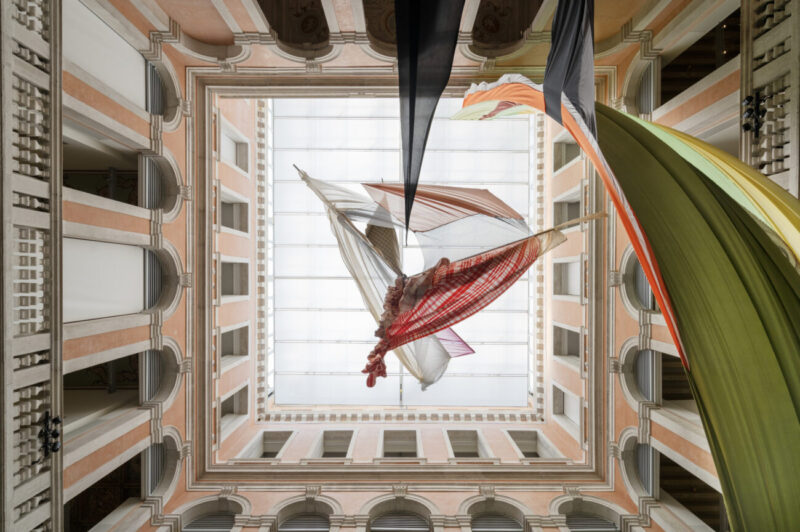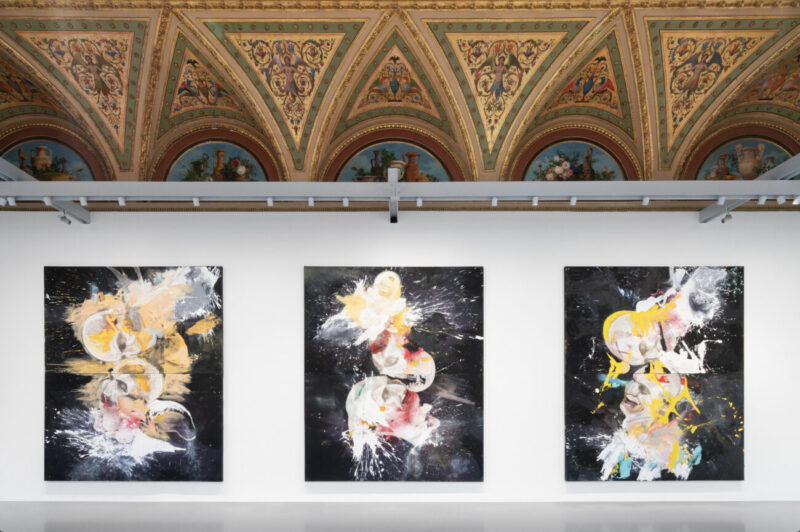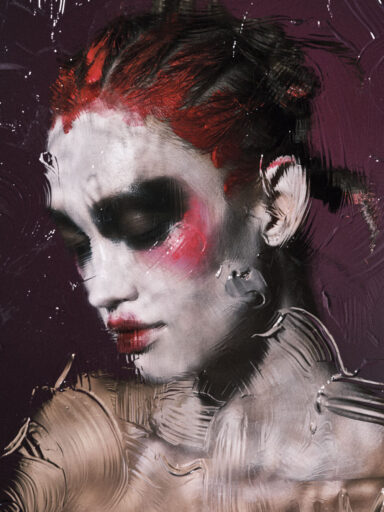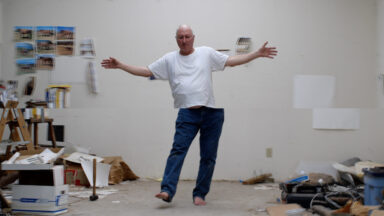The Chronorama Redux catalog has been presented in Venice
Palazzo Grassi – Punta della Dogana in collaboration with Saint Laurent presents the catalog, co-edited with Marsilio Arte, dedicated to the exhibition project Chronorama Redux, curated by Matthieu Humery and supported by Saint Laurent, running at Palazzo Grassi until Jan. 7, 2024.
The catalog, with a preface written by François Pinault, Francesca Bellettini & Anthony Vaccarello, presents the previously unpublished works of four artists, Giulia Andreani, Tarrah Krajnak, Eric N. Mack and Daniel Spivakov, invited to conceive a site-specific intervention for the spaces of Palazzo Grassi. The works are placed along the photographic path proposed by Chronorama as interludes that break into its chronological rhythm, creating a visual short-circuit. Chronorama Redux offers a contemporary look at the works of Chronorama. Photographic Treasures of the 20th Century,” the exhibition, curated by Matthieu Humery, that the Pinault Collection dedicates to the legendary Condé Nast archives recently acquired and presented to the public for the first time on this occasion.

The Latin term Redux means “bringing back, re-establishing, reviving,” and this is precisely the task entrusted to the young artists who, through their work between painting, sculpture, performance and photography, bring the photographic treasures of the Condé Nast archives into the 21st century, giving them new meaning and new vantage points to actualize their significance. Each of them reactivates the visual heritage housed in the archive through their own distinctive artistic expression. In line with its primary mission, the Pinault Collection thus proposes a fruitful dialogue between history and contemporaneity, which this catalog, available from June 2023, traces and deepens.
The practice of the four invited artists is analyzed in the catalog, designed by New York-based studio Shahid and Kraus, through textual contributions by KJ Abudu, Matthieu Humery, Daniel Kehlmann, Christina-Marie Luemen, Hans Ulrich Obrist, Kate Palmer Albers, Bruno Racine and Julian Schnabel. The volume is illustrated by views of the installation at Palazzo Grassi and the photographic images that inspired the site-specific works by Giulia Andreani, Tarrah Krajnak, Eric N. Mack and Daniel Spivakov. Among them, only Tarrah Krajnak practices photography as an artistic method. The photographic act is a tool for witnessing before and recording after. Daniel Spivakov introduces photography on his canvas as a symbolic support to the color explosion that he brings forth from painting. For Giulia Andreani, the image and portraits are a source of inspiration to design her frescoes populated by characters she extracts from old family albums or photo archives. With references closer to fashion, Eric N. Mack borrows images he collects from the pages of magazines and integrates them with his textile sculptures.



